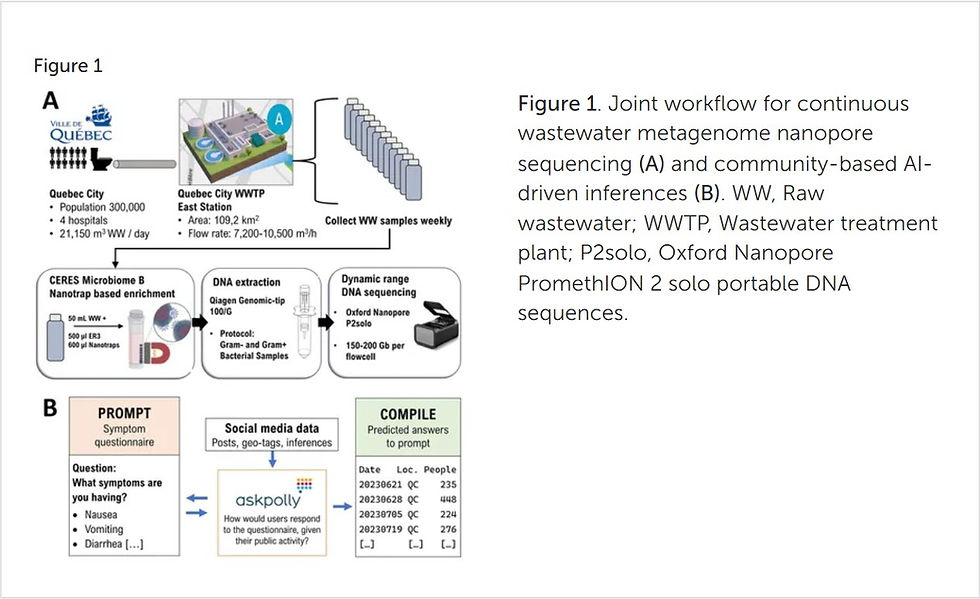Evaluation of wastewater surveillance for SARS-CoV-2 in Massachusetts correctional facilities
- rdunlap
- Jan 31, 2023
- 2 min read
"Evaluation of wastewater surveillance for SARS-CoV-2 in Massachusetts correctional facilities, 2020–2022"
Introduction: Correctional facilities have environmental, resource, and organizational factors that facilitate SARS-CoV-2 transmission and challenge clinical testing of staff and residents. In Massachusetts, multiple state prisons implemented wastewater surveillance for strategic testing of individuals and isolation of COVID-19 cases early in the course of infection, as recommended by the Centers for Disease Control and Prevention (CDC). Our objective was to quantify the correlation of COVID-19 cases with facility-level wastewater surveillance compared to standard case surveillance in towns in closest geographic proximity to participating correctional facilities.
Materials and methods: Available data included number of reported COVID-19 cases in residents from each of eight participating facilities (labeled A-H for anonymity), wastewater viral concentrations at each facility, and COVID-19 cases reported to routine surveillance in towns geographically nearest each facility. We selected data from December 2020-February 2022. Spearman's rank correlation was calculated at each facility to assess agreement between town cases and facility resident cases, and between wastewater concentrations and facility resident cases. We considered a correlation of ≤0.3 as weak and ≥0.6 as strong.
Results: Facilities housed a mean of 502 individuals (range 54–1,184) with mean staffing of 341 (range 53–547). In 7/8 facilities, the town/resident cases correlation coefficients (ρ) were statistically significant (range 0.22–0.65); in all facilities, the wastewater/facility resident cases correlations were statistically significant (range 0.57–0.82). Consistently, ρ values were higher for facility-specific wastewater/resident cases than for town/resident cases: A (0.65, 0.80), B (0.59, 0.81), C (0.55, 0.70), D (0.61, 0.82), E (0.46, 0.62), F (0.51, 0.70), and H (0.22, 0.57).
Conclusion: We conclude that wastewater surveillance for SARS-CoV-2 can provide an additional signal to objectively supplement existing COVID-19 clinical surveillance for the early detection of cases and infection control efforts at correctional facilities.



Comments